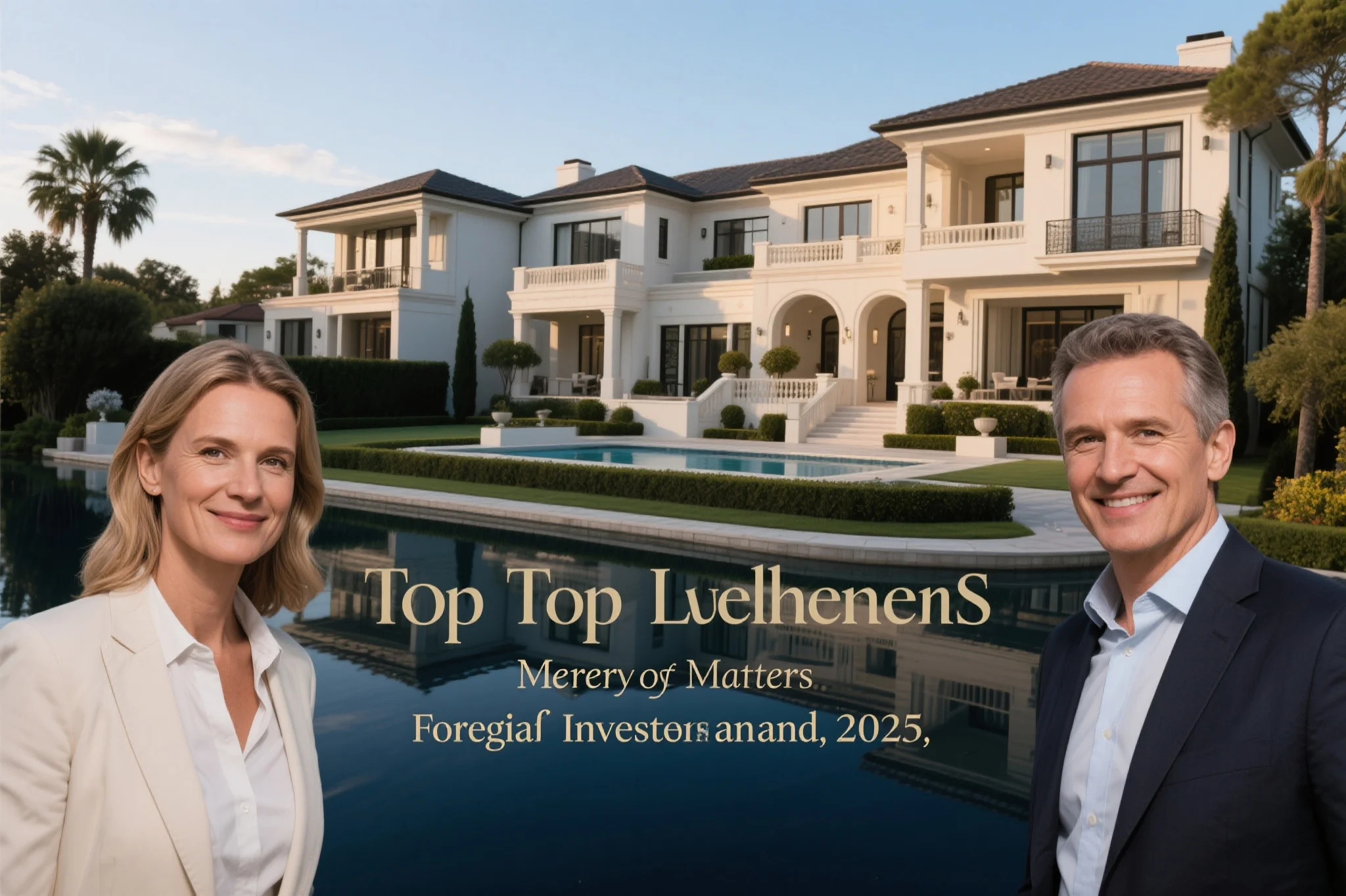
The intersection of climate risk and luxury real estate has become one of the most consequential factors shaping high-end property markets worldwide. As extreme weather events increase in frequency and intensity, affluent buyers and investors are fundamentally reassessing what constitutes prime locations and desirable features in waterfront homes. This paradigm shift is creating both challenges and opportunities in the luxury sector, with profound implications for sustainable investing strategies and long-term property insurance considerations.
The Changing Geography of Luxury Real Estate
Traditional prestige locations for luxury real estate, particularly coastal enclaves and waterfront homes, are undergoing a dramatic reevaluation as climate risk becomes more apparent. Areas once prized for their ocean views and beach access are now being scrutinized for flood vulnerability, hurricane exposure, and sea level rise projections. This reassessment is driving demand toward higher-elevation properties in historically secondary markets, creating new luxury hotspots in previously overlooked locations. The concept of “climate-proof” luxury is emerging as a key consideration in sustainable investing strategies for high-net-worth individuals.
Architectural Adaptations to Climate Challenges
Developers of luxury real estate are responding to climate risk with innovative design solutions that combine resilience with opulence. Elevated structures, hurricane-resistant glass, and flood-proof mechanical systems are becoming standard features in high-end waterfront homes. Passive house principles that maximize energy efficiency without compromising comfort are being incorporated into luxury designs. These adaptations not only address physical risks but also appeal to environmentally conscious buyers engaged in sustainable investing, creating a new paradigm where safety and sustainability enhance rather than detract from luxury appeal.
The Insurance Crisis and Its Impact on Luxury Markets
The growing climate risk has triggered a fundamental shift in the property insurance landscape that disproportionately affects luxury real estate markets. Major insurers are withdrawing from high-risk areas or imposing prohibitive premiums, forcing affluent buyers to consider alternative risk management strategies. This insurance challenge is particularly acute for waterfront homes, where coverage may be unavailable at any price. The resulting uncertainty is prompting some wealthy investors to reallocate capital toward more insurable properties as part of broader sustainable investing strategies that prioritize long-term stability over short-term prestige.

Climate-Resilient Amenities as Luxury Differentiators
In response to growing climate risk awareness, developers are transforming resilience features into luxury selling points for luxury real estate. Backup power systems that once consisted of basic generators now include whole-house solar-plus-storage solutions with designer enclosures. Water security features like artesian wells and advanced filtration systems are being marketed alongside traditional luxury amenities. These climate-adaptive features are particularly prominent in waterfront homes, where they serve both practical and psychological needs, appealing to buyers who view sustainable investing as integral to preserving their lifestyle and asset value in an uncertain climate future.
The Financial Implications of Climate Risk Assessment
Sophisticated climate risk analysis is becoming a critical component of luxury real estate valuation and sustainable investing decisions. Premiums for properties with superior climate resilience credentials are emerging, while vulnerable assets face steep discounts regardless of their traditional luxury attributes. This repricing is particularly evident in the waterfront homes market, where location-specific risk modeling is revealing substantial variations in long-term viability. Lenders and property insurance providers are incorporating these assessments into their underwriting, creating a feedback loop that accelerates the market’s climate adaptation.
Generational Shifts in Luxury Property Preferences
The impact of climate risk on luxury real estate preferences varies significantly by age cohort, with younger affluent buyers demonstrating markedly different priorities. Millennial and Gen Z high-net-worth individuals are more likely to prioritize sustainability certifications and climate resilience over traditional status markers in their waterfront homes purchases. This generational shift is driving innovation in high-end developments that combine luxury with environmental responsibility, creating new opportunities for developers aligned with sustainable investing principles. The property insurance industry is responding with specialized products that reward these climate-conscious choices.
Long-Term Strategies for Climate-Smart Luxury Investing
Forward-thinking investors in luxury real estate are developing comprehensive strategies to navigate climate risk while capitalizing on emerging opportunities. These approaches combine rigorous location analysis with proactive resilience investments in waterfront homes and other high-value properties. Portfolio diversification across climate zones, investment in adaptive reuse projects, and participation in innovative property insurance risk pools are all elements of sophisticated sustainable investing strategies. As climate impacts intensify, these approaches will likely differentiate successful luxury real estate investors from those clinging to outdated notions of prestige and value.
The transformation of luxury real estate markets under pressure from climate risk represents one of the most significant wealth preservation challenges for high-net-worth individuals. While waterfront homes will always hold appeal, their long-term viability increasingly depends on proactive adaptation measures. The intersection of luxury and resilience is creating new paradigms in sustainable investing, where forward-looking climate strategies enhance rather than diminish property values. As the property insurance landscape continues to evolve, sophisticated investors who embrace these changes will be best positioned to protect and grow their real estate portfolios in an era of climate uncertainty.